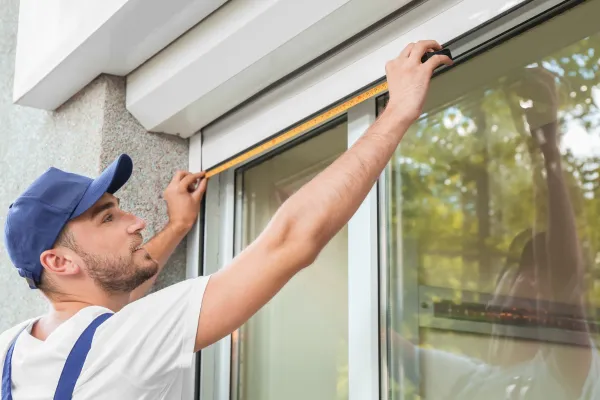The Invisible Shield: How Modern Window Technologies Protect Your Home and Budget

When you look at a window, you see a simple pane of glass. But in a modern, energy-efficient window, you're actually looking at a sophisticated technological system. This system is designed to act as an invisible shield, selectively allowing visible light to pass through while actively blocking invisible energy waves that make you uncomfortable and drive up your utility bills. This magic is performed by two key partners working in concert: a microscopic coating that creates low e glass windows and a dense, insulating gas that creates argon filled windows.
The War on Wasted Energy: A Two-Front Battle
To understand how these windows work, it's helpful to think of heat transfer as an enemy trying to invade your home in the summer and escape it in the winter. A modern window fights this enemy on two fronts: the radiant front and the conductive front.
The Radiant Front: The Role of Low-E Glass
Radiant heat travels in invisible waves, like the heat you feel from a hot stovetop or the sun's rays. Low e glass windows are the first line of defense against this. A microscopically thin, transparent metallic coating is applied to the glass. This coating is spectrally selective, meaning it can differentiate between different wavelengths of energy. It allows visible light to stream in, but it reflects long-wave infrared heat.
-
Winter Defense: In the winter, the heat from your furnace is long-wave infrared. When this heat travels towards the window, the Low-E coating reflects it back into the room, preventing it from escaping.
-
Summer Defense: The heat from the sun is also primarily infrared. In the summer, the Low-E coating reflects this incoming solar heat back outside, keeping your home cooler.
The Conductive Front: The Purpose of Argon Gas
Conductive heat is the transfer of energy through direct contact. In a window, the outside temperature tries to conduct through the glass to affect the inside temperature. This is where argon filled windows mount their defense. By replacing the air between the panes of glass with dense, slow-moving argon gas, the window's ability to conduct heat is dramatically reduced. The argon acts as a thermal buffer, insulating the interior pane of glass from the exterior pane. This prevents the winter cold or summer heat from seeping through the window, providing a much more stable indoor temperature.
Beyond Energy: Added Benefits of the Invisible Shield
While energy efficiency is the primary goal, this powerful combination of technologies provides other significant benefits for your home.
Superior UV Protection
The same Low-E coating that blocks infrared heat is also incredibly effective at blocking the majority of the sun's harmful ultraviolet (UV) radiation. UV light is the main culprit behind the fading of your furniture, flooring, curtains, and artwork. A modern window essentially provides constant, invisible sunblock for your home's interior.
A Quieter Indoor Environment
The increased density of the argon gas provides another welcome benefit: sound dampening. Compared to an air-filled window, an argon-filled unit is noticeably better at reducing the transmission of outside noise, such as traffic or lawnmowers. This helps create a more serene and peaceful indoor environment.
Conclusion: A Complete, High-Performance System
The key takeaway is that these technologies are designed as a system. The Low-E coating and the argon gas fill are not competing features; they are essential partners. One tackles radiant heat while the other tackles conductive heat. Together, the low e glass windows and argon filled windows create a complete, high-performance shield for your home. This invisible shield works silently and constantly to keep you more comfortable, lower your energy bills, and protect your home's interior, making it one of the smartest investments you can make.
- Art
- Causes
- Crafts
- Dance
- Drinks
- Film
- Fitness
- Food
- Giochi
- Gardening
- Health
- Home
- Literature
- Music
- Networking
- Altre informazioni
- Party
- Religion
- Shopping
- Sports
- Theater
- Wellness
